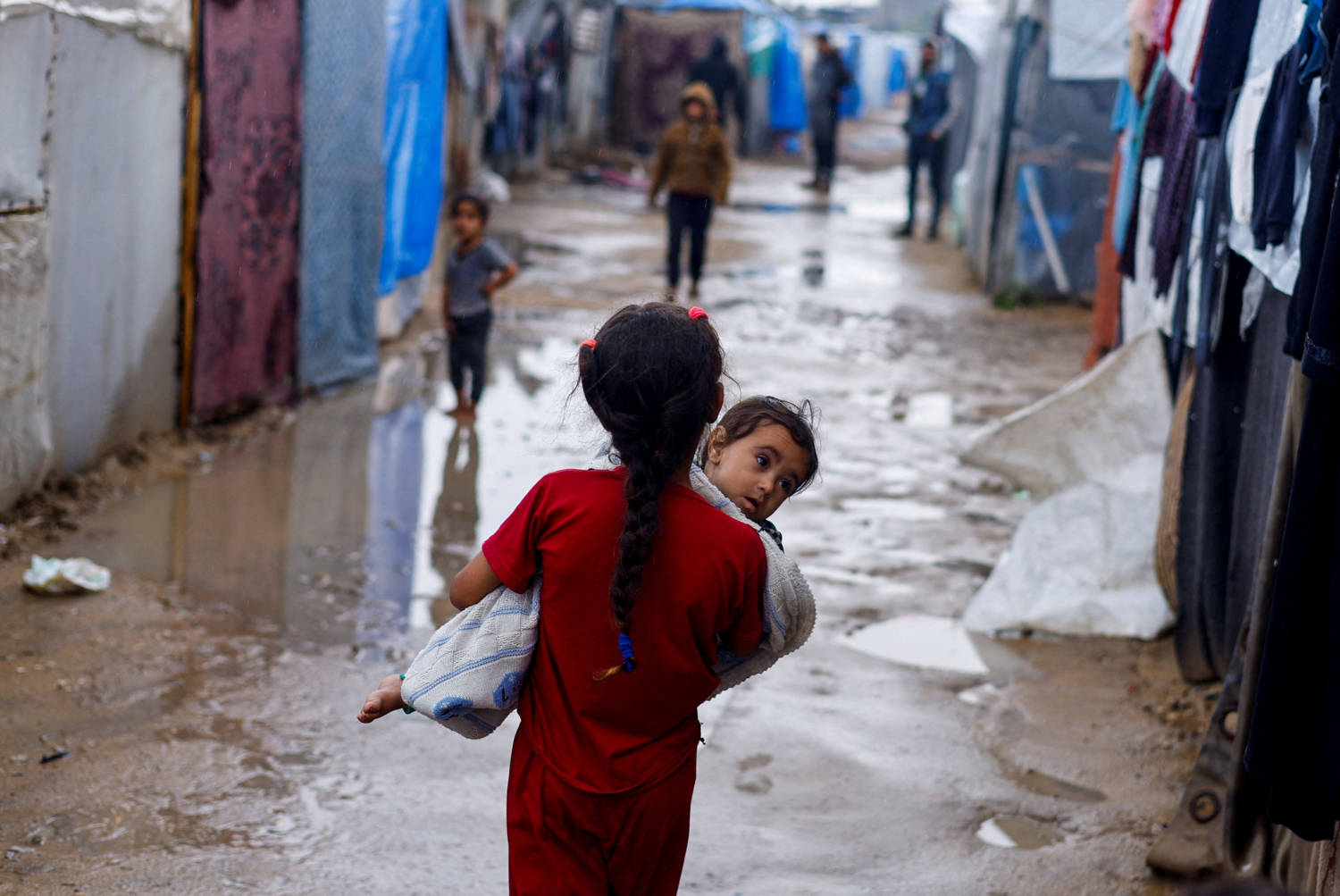“`html
Understanding the Palestinian Death Toll in Gaza
In the wake of Israel’s ground and air campaign in Gaza, the Palestinian Health Ministry reported a death toll of 34,844, a number that has raised questions and concerns from various international bodies and observers. The majority of these casualties are said to be civilians, profoundly affecting the enclave’s population of 2.3 million people.
Initially, the death toll was determined by counting bodies arriving at hospitals, with detailed records including names and identity numbers. As the conflict continued, with hospitals becoming less operational, additional methods such as online reporting by family members were introduced. A report on May 7 indicated that 21,058 deaths were confirmed through morgues, while 3,715 were reported via an online system requiring identity verification.
Despite these figures, the Health Ministry acknowledges that many victims may still be undiscovered beneath rubble, suggesting that the actual numbers could be higher. This view is supported by the U.N. human rights office and the Humanitarian Research Lab at Yale School of Public Health.
Experts have regarded pre-war Gaza’s health information systems as robust, lending credibility to the Health Ministry’s data collection and analysis capabilities. The World Health Organization has also recognized the ministry’s reporting as credible, and the United Nations often references its figures, citing the ministry as the source.
However, questions remain regarding certain incidents, such as the reported deaths from an explosion at al-Ahli al-Arab hospital. An unclassified U.S. intelligence report suggests a lower death toll for this event than what was reported by Gaza authorities.
The role of Hamas in controlling these figures is complex, given its governance of Gaza since 2007 and its influence over public departments, including the Health Ministry. Yet, the ongoing conflict and Israeli occupation of key areas make it challenging to assess Hamas’s current level of control.
Israel has expressed skepticism over the casualty figures due to Hamas’ involvement in governance. Nonetheless, Israeli Prime Minister Benjamin Netanyahu has acknowledged a significant number of casualties, including estimates of Hamas fighters killed.
The differentiation between civilian and combatant casualties remains unclear. The Health Ministry’s statistics do not distinguish between the two, and conditions in hospitals have made it increasingly difficult to identify many of the deceased. In response to these challenges, Israel has questioned the accuracy of the figures after the ministry updated its breakdown to only include fully identified bodies.
With more than 70% of those reported dead being women and children under 18, the impact on civilian life in Gaza is undeniable. As international scrutiny continues, both sides of the conflict are under pressure to provide transparent and accurate accounts of the human cost of this ongoing war.
“`






